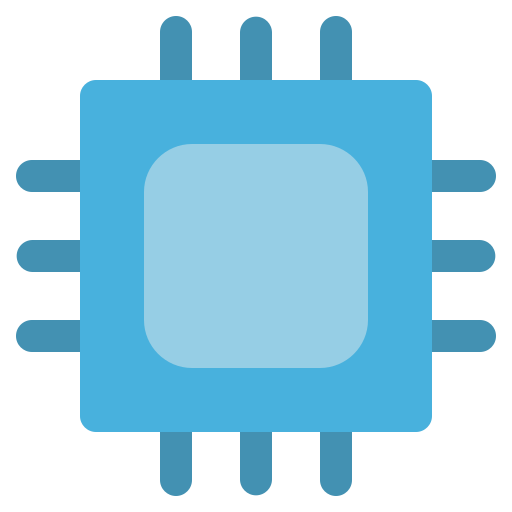Why does it need so many M.2 B-key and mini-PCIe slots? Of the 5 M.2 slots, apparently only 2 are suitable for SSDs.
I believe some of them may be for wifi? I could be wrong, though.
Edit: From the article:
2 x M.2 2280 M-Key slots for PCIe 3.0 x1 NVMe SSD
3 x M.2 B-Key slots with PCI 3.0 x1 or USB 3.2 for a 5G module (there’s also a nano SIM slot)
2 x mini PCIe 3.0 x2 slots for WiFi cards
Right, that’s what I’m referencing. Why would you need two different WiFi cards and three different cellular modems?
Ah this is want I need it for. It’s a potential CPE (many names but I hear mostly (customer provider equipment)). Instead of your ISP CPE = modem, I use these for edge connectivity for last mile edge solutions. I would be adding 5g cell, 4g LTE/5g w/satellite, WiFi /bluetooth, WiFi/IoT and broadcast(ATSC/DVB-NIP/5GBC)/IoT RF module cards and one SSD for a SQL database with a custom software for file delivery and video streaming. For consumers, great smart hub. Commercially, I make these for first responders.
WiFi /bluetooth, WiFi/IoT
Does that really require two cards? I just use VLANs to cordon off my IoT stuff, but even if I wanted them on a separate SSID can’t routers do multiple SSIDs with one transceiver?
broadcast(ATSC/DVB-NIP/5GBC)/IoT RF module cards
Would that be M.2 or mini-PCIe?
Also, is an RTL-SDR in the same category of device? 'Cause I can see how having one of those connected internally, as opposed to as a USB dongle hanging off the side, would be nice. Ditto if internal ZigBee/Thread modules are a thing, now that I think about it.
…okay, I get the appeal now. Thanks!
It all depends right? For first responders, they have strict guidelines for near and far use cases, redundancy, different frequencies for interference control…etc. there’s nice m-PCIe to m.2 adapters but m.2 is becoming more of a standard. Also if you go Qualcomm based chips which make it easier with Qualcomm Linux software solutions…. It’s all m.2 and latest and greatest with no worries except $$$.
If you have many IoT devices on your wifi it can have a negative impact. If you have too many wifi networks in range it can also cause issue. There’s a sweet spot in there though. And generally a good idea to have them on their own AP if not VLAN as well.
AI ASICs, non-wifi network chips (Zigbee, Z-wave), custom stuff you might be tinkering on as a hardware nerd.
What a beast!
Wonder how much it’ll be, banana has been on the low price end.
How much a banana can cost? Ten dollars?
It says $165 in the link
Thanks, I speedred the article and didn’t find it.
The regular R4 is about $250 right now so I’d guess at least that much. A little pricey and probably over-powered for my use cases, but probably a bargain if you need the horsepower.
Banna pis are great. I got one and put openwrt on it. Also running caddy on it as a reverse poxy in docker
How many <fruit here> pi variants are there? And why “pi”? This is getting out of hand!
Apple euler’s number
Or, as i prefer,
apple

There’s an interesting discussion in the comments about the architecture: https://www.cnx-software.com/2025/10/20/banana-pi-bpi-r4-pro-board-offers-2x-10gbe-sfp-cages-6x-10gbe-2-5gbe-gbe-ports-wifi-7-support/
Sounds like there are bottlenecks, and you can’t run all ports at line speed. User TLS says:
Is it just me, or is the MaxLinear MxL86252C switch connected to one of the 10 Gbps PHYs? The MT7988 only has a single 2.5 Gbps MAC and it’s shared with the second 10 Gbps MAC. It seems like they’re routing a 10 Gbps signal to the MxL86252C, which has two 10 Gbps SerDes interfaces, making the second set of 10 Gbps connected via the switch. This suggests that if the 10 Gbps port is running at full speed, you won’t be able to use the 2.5 Gbps ports.
That thing is a BEAST!
Just the processor alone: https://www.mediatek.com/products/broadband-wifi/mediatek-filogic-880
Throw in some SSDs and a Hailo M.2 neural processor card and you can do some REALLY interesting applications: https://hailo.ai/products/ai-accelerators/hailo-8-m2-ai-acceleration-module/
deleted by creator







